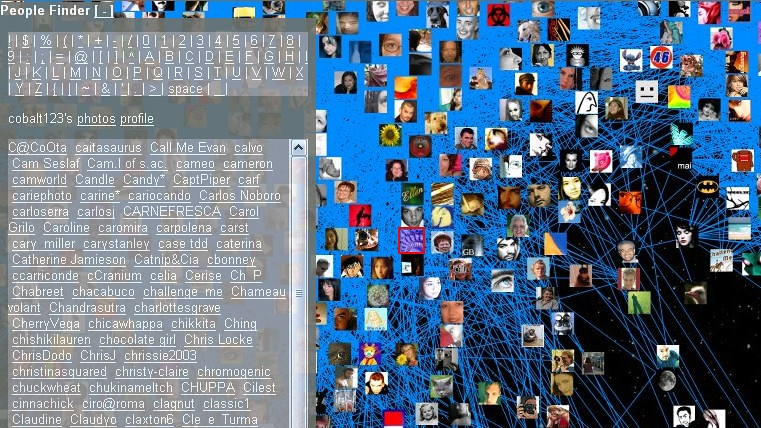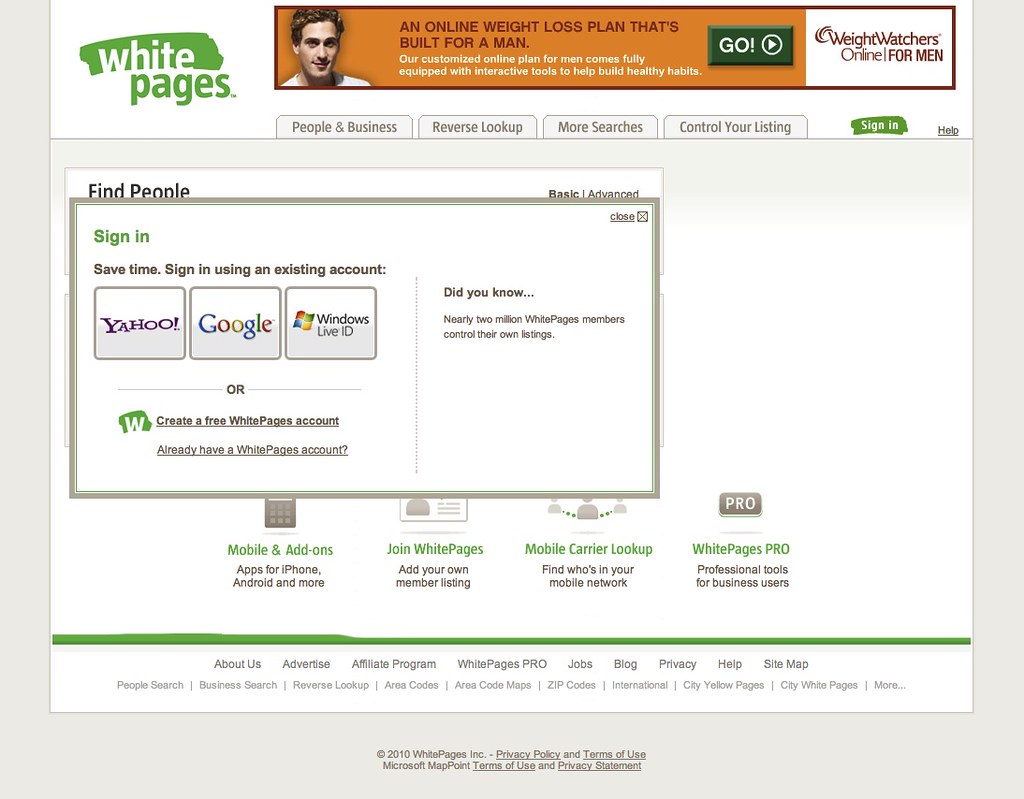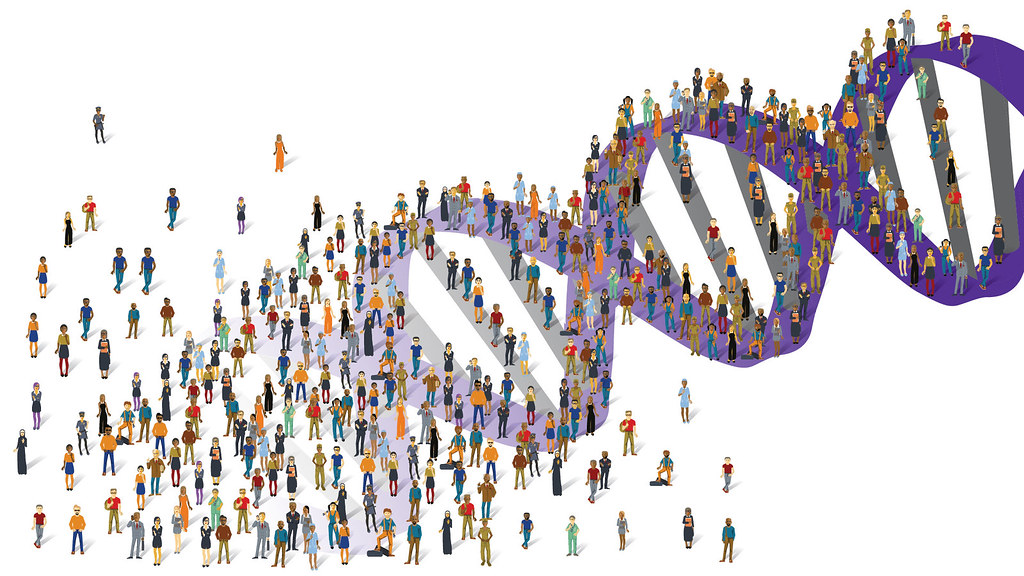Introduction
Dr DisRespect, also known as Herschel “Guy” Beahm IV, is one of the most influential figures in the gaming industry. Known for his high-energy streams, distinctive persona, and engaging content, Dr DisRespect has built a massive following. However, in June 2020, his sudden and unexplained ban from Twitch shocked the gaming community. This article explores any new developments regarding the ban, the impact on Dr DisRespect’s career, and the broader implications for the streaming industry.
The Ban: A Timeline of Events
The Sudden Ban
On June 26, 2020, Dr DisRespect was abruptly banned from Twitch. The platform provided no specific reason for the ban, only stating that it was due to a violation of their Community Guidelines or Terms of Service. This lack of transparency led to widespread speculation and confusion.
Immediate Reactions
The ban stunned Dr DisRespect’s fans and the gaming community. Social media was flooded with theories and questions, while other streamers and industry figures expressed their surprise and concern. The initial aftermath was characterized by intense speculation and a lack of concrete information.
Dr DisRespect’s Initial Response
Dr DisRespect addressed the ban with a tweet on June 27, 2020, stating, “Twitch has not notified me on the specific reason behind their decision… Firm handshakes to all for the support during this difficult time.” This statement indicated that he was as much in the dark as his fans regarding the specifics of the ban.
The Impact of the Ban
Career Disruption
The ban disrupted Dr DisRespect’s career, forcing him to cease streaming on Twitch, where he had built a significant following. This sudden change posed a substantial challenge, both professionally and personally.
Transition to YouTube
Despite the setback, Dr DisRespect quickly transitioned to YouTube, making his return on August 6, 2020. His first stream on the new platform attracted over 500,000 concurrent viewers, demonstrating the loyalty and support of his fanbase.
Community Reactions
Dr DisRespect’s community showed overwhelming support during this transition. Many fans viewed the ban as an unjust act and rallied around him in solidarity, reinforcing his influence and popularity within the gaming community.
New Developments and Speculations
Lack of Official Explanation
As of now, neither Twitch nor Dr DisRespect have provided a detailed explanation for the ban. This continued silence has fueled ongoing speculation and rumors about the reasons behind the ban. Various theories have been proposed, but without official confirmation, these remain speculative.
Legal Considerations
There have been discussions about potential legal actions that Dr DisRespect might take against Twitch. While he has hinted at possible legal strategies, specific details remain scarce. The potential for a lawsuit has been a topic of interest and discussion within the gaming community.
Media Coverage
The media has extensively covered the ban and its aftermath, with varying portrayals of Dr DisRespect. Some reports have been supportive, while others have been more critical. This media scrutiny has added another layer of complexity to the situation, influencing public perception and discussion.
Dr DisRespect’s Current Status
Successful YouTube Career
Since transitioning to YouTube, Dr DisRespect has maintained a strong presence and continued to grow his audience. His streams consistently attract large viewership numbers, often surpassing those he had on Twitch. This success underscores his resilience and adaptability.
Brand Collaborations and Sponsorships
Dr DisRespect has continued to secure brand collaborations and sponsorships, despite the ban. His influence and reach make him an attractive partner for companies looking to connect with the gaming community. These partnerships highlight his ongoing marketability and popularity.
Community Engagement
Dr DisRespect’s fanbase remains highly engaged and supportive. His social media interactions, live stream engagement, and merchandise sales indicate a robust and active community. This loyalty has been crucial in sustaining his career and influence.
Industry Implications
Impact on Twitch
The ban and its handling have had significant implications for Twitch. The platform faced criticism for its lack of transparency and consistency in enforcing guidelines. This incident has sparked broader discussions about platform policies and streamer rights, potentially influencing future practices.
Influence on Streamers
Dr DisRespect’s experience has resonated with other streamers, highlighting the vulnerabilities and challenges they face on major platforms. This situation has encouraged streamers to diversify their presence across multiple platforms to mitigate risks and maintain their audience.
Legal and Ethical Considerations
The potential legal ramifications of the ban have underscored the importance of clear and fair platform policies. This situation has brought attention to the need for transparent and consistent enforcement of guidelines, ensuring that streamers are treated fairly and informed of any actions taken against them.
Future Prospects
Evolving Content Strategy
Dr DisRespect continues to evolve his content strategy to stay relevant and engage his audience. This includes experimenting with new formats, exploring different game genres, and incorporating feedback from his community. His ability to adapt and innovate will be crucial for his continued success.
Expanding Platform Presence
There is potential for Dr DisRespect to expand his presence beyond YouTube, possibly exploring other platforms or even creating his own. Diversifying his platform presence could help mitigate risks and reach new audiences. This strategic expansion could further solidify his influence and brand.
Long-Term Legacy
Dr DisRespect’s legacy in the gaming industry is secure, with a lasting impact on streaming culture and content creation. His story of resilience and adaptability serves as an enduring example for others in the industry. As he continues to innovate and grow, his influence will likely extend further, shaping the future of the gaming community.
Frequently Asked Questions (FAQ)
Are there any new developments regarding Dr DisRespect’s ban?
As of now, there have been no new official developments or detailed explanations provided by Twitch or Dr DisRespect regarding the ban. Speculation and discussions continue within the community.
How has Dr DisRespect responded to the ban?
Dr DisRespect responded to the ban by transitioning to YouTube, where he has successfully continued his streaming career. He has also addressed the ban in interviews and public statements, expressing confusion and frustration over the lack of communication from Twitch.
What impact did the ban have on Dr DisRespect’s career?
The ban posed significant challenges, but Dr DisRespect has maintained his popularity and continued growing his audience on YouTube. His career continues to thrive, with ongoing support from his fanbase and brand partners.
What is Dr DisRespect’s real name?
Dr DisRespect’s real name is Herschel “Guy” Beahm IV.
Where can I watch Dr DisRespect’s streams now?
Dr DisRespect currently streams on YouTube, where he continues to create high-quality, engaging content for his fans.
What games does Dr DisRespect play?
Dr DisRespect is known for playing a variety of games, including “Call of Duty,” “PUBG,” “Fortnite,” “Apex Legends,” and “Valorant,” among others.
How has Dr DisRespect influenced the gaming industry?
Dr DisRespect has significantly influenced the gaming industry through his innovative content creation, high production values, and contributions to gaming culture. His impact extends beyond entertainment, shaping how games are played and perceived.
Has Dr DisRespect won any awards?
Yes, Dr DisRespect has received several awards, including the “Streamer of the Year” at the Esports Industry Awards.
Can I buy merchandise featuring Dr DisRespect?
Yes, Dr DisRespect offers a range of merchandise, including apparel and accessories, which are popular among his fans.
What are Dr DisRespect’s future plans?
Dr DisRespect continues to explore new games and projects, ensuring his content remains fresh and engaging for his audience. His legacy in the gaming community is secure, with a lasting impact on gaming culture and content creation.
Conclusion
The sudden and unexplained ban of Dr DisRespect from Twitch remains a significant event in the gaming industry, characterized by mystery and speculation. Despite the challenges posed by the ban, Dr DisRespect has demonstrated remarkable resilience and adaptability, successfully transitioning to YouTube and maintaining his influence. While official explanations and new developments regarding the ban are still lacking, the impact on Dr DisRespect’s career and the broader industry continues to unfold. His story serves as a testament to the power of community support and the importance of transparency and fairness in the digital age.


